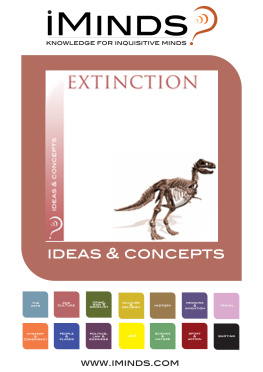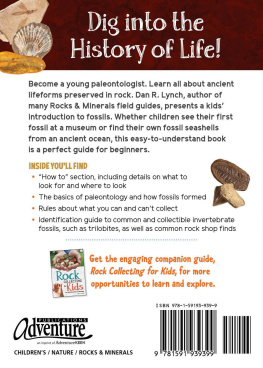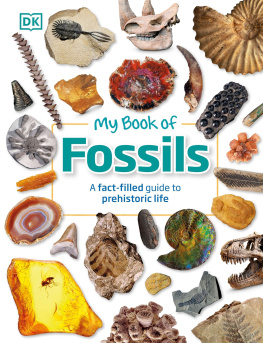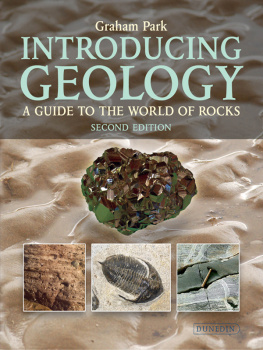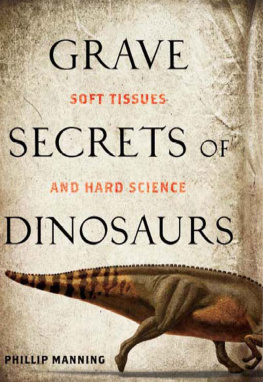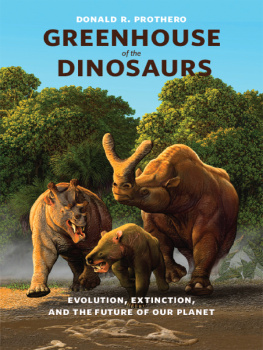The White River Badlands

LIFE OF THE PAST James O. Farlow, editor
THE WHITE RIVER
BADLANDS
GEOLOGY and PALEONTOLOGY
RACHEL C. BENTON
DENNIS O. TERRY JR.
EMMETT EVANOFF
H. GREGORY McDONALD


This book is a publication of
Indiana University Press
Office of Scholarly Publishing
Herman B Wells Library 350
1320 East 10th Street
Bloomington, Indiana 47405 USA
iupress.indiana.edu
2015 by Indiana University Press
All rights reserved
No part of this book may be reproduced or utilized in any form or by any means, electronic or mechanical, including photocopying and recording, or by any information storage and retrieval system, without permission in writing from the publisher. The Association of American University Presses Resolution on Permissions constitutes the only exception to this prohibition.
The paper used in this publication meets the minimum requirements of the American National Standard for Information Sciences Permanence of Paper for Printed Library Materials, ANSI Z39.48-1992.
Manufactured in the United States of America
Library of Congress Cataloging-in-Publication Data
The White River Badlands : geology and paleontology / Rachel C. Benton, Badlands National Park, Dennis O. Terry Jr., Temple University, Emmett Evanoff, University of Northern Colorado, H. Gregory McDonald, Park Museum Management Program, National Park Service.
pages cm. (Life of the past)
Includes bibliographical references and index.
ISBN 978-0-253-01606-5 (cl : alk. paper) ISBN 978-0-253-01608-9 (eb) 1. Fossils Collection and preservation South Dakota White River Region. 2. Paleontology South Dakota White River Region. I. Benton, Rachel. II. Terry, Dennis O., [date] III. Evanoff, Emmett. IV. McDonald, H. Gregory (Hugh Gregory), [date]
QE718.W54 2015
560.9783'9 dc23
2014044309
1 2 3 4 5 20 19 18 17 16 15
We wish to dedicate this book to the Jones Family of Quinn, South Dakota. For over 26 years, Kelly, Mary, and Doug provided a home away from home for the authors and many of their students. Be it providing a place to sleep while conducting fieldwork, hosting a group of researchers for a barbecue, or simply providing a welcoming respite from the heat of the day, the Jones family and the logistical support that they provided over the years helped to make this book possible. Thank you.
Viewed at a distance, these lands exhibit the appearance of extensive villages and ancient castles, but under forms so extraordinary, and so capricious a style of architecture, that we might consider them as appertaining to some new world, or ages far remote.
Fray Pierre Jean De Smet, 1848
But it is only to the geologist that this place can have any permanent attractions. He can wind his way through the wonderful canons among some of the grandest ruins in the world. Indeed, it resembles a gigantic city fallen to decay. Domes, towers, minarets, and spires may be seen on every side, which assume a great variety of shapes when viewed in the distance. Not unfrequently, the rising or the setting sun will light up these grand old ruins with a wild, strange beauty, reminding one of a city illuminated in the night when seen from some high point. It is at the foot of these apparent architectural ruins that the curious fossil treasures are found.
F. V. Hayden, 1880
Is it of interest to you that the White River Badlands are the most famous deposits of the kind in the world? Do you know that aside from their picturesque topography they tell a marvelous nature story; a story of strange climate, strange geography, and strange animals; of jungles, and marshes, and tranquil rivers, of fierce contests for food, and life, and supremacy; of varied series of events, through ages and ages of time.
C. C. OHarra, 1920
Contents
Preface
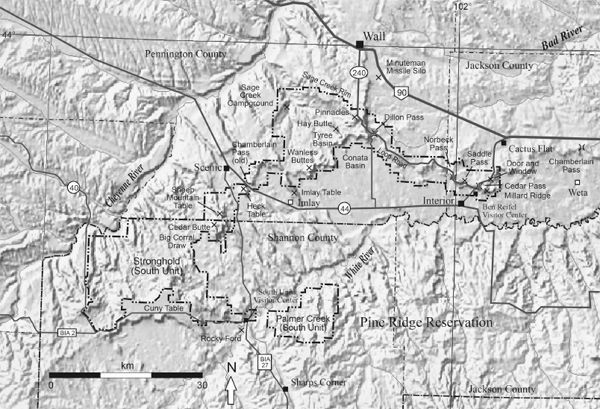
P.1. Map of the Big Badlands of South Dakota showing locations of specific places and features discussed in the text. The boundary of Badlands National Park is shown by the heavy dashdotdot line. The northern area of Badlands National Park in Pennington and Jackson counties is the North Unit. The base map is from the U.S. National Atlas Web site ( http://nationalatlas.gov/mapmaker ).
MAKOSICA (MAH-KOH SHEE-JAH) IS THE LAKOTA WORD for badlands, or the barren and rough country of buttes and cliffs that are cut by multitudes of deep canyons and ravines. The term badlands does not refer to anything evil about the lands but rather to the difficulty of crossing the country on foot or horse. Modern travelers crossing the Badlands Wall of South Dakota in cars on paved highways do not appreciate the difficulty these landforms posed to early travelers. The French name for this country, mauvaises terres traverser, the bad lands to traverse, was an even more explicit description. In places in Badlands National Park, one can still walk for over 10 km at the base of the Badlands Wall and not find even a game trail that crosses the wall. Nevertheless, the Big Badlands of South Dakota is one of the most spectacular landforms in the United States and is cut in rocks containing some of the most abundant vertebrate fossils of any rocks of the Age of Mammals (Cenozoic Era) in North America. Fossils from the White River Badlands can be found in every major natural history museum in the world. Badlands National Monument (later Badlands National Park) was established to protect the unique landforms of the White River Badlands and the vast storehouse of the biological past (Badlands National Park, Statement for Management, 1992).
The Badlands, with a capital B, represents the Badlands of Western South Dakota; it is a place-name and the original basis for the geomorphic term. The word badlands has entered the geological vocabulary (when written in lowercase) as a geomorphic term describing a highly eroded landscape with little vegetative cover in arid to semiarid climates. Within the context of this book, badlands in this sense is used as a generic descriptive term as any topographic area that meets these criteria. The terms White River Badlands, Big Badlands, or just the Badlands will be used interchangeably throughout the text to refer to these exposures throughout southwestern South Dakota. The Big Badlands of western South Dakota is unquestionably the most famous of all the areas around the globe referred to as badlands, and it is certainly the most prolific in terms of fossils that have been collected and placed in museums. The White River Badlands represents all the badlands within the White River drainage basin of western South Dakota and Nebraska. This book will focus mostly on the White River Badlands of South Dakota. Badlands National Park is a 244,000-acre National Park Unit established to protect a portion of the White River Badlands, and it is the central focus of this book ().
Since 1846, with the first scientific report of a partial fossil jaw from the White River Badlands, these deposits have been an important focus of paleontological research. The diversity of fossils recovered by researchers over the past 167 years from strata that span 9 million years of Earth history has provided valuable data on the evolution of North American mammals during the late Eocene and Oligocene epochs. The rocks and fossils from the White River Badlands have also provided valuable information on climate change during one of the greatest global drops in temperature during the Cenozoic. This climatic change contributed to the evolutionary changes of the fauna and flora and produced major changes in both local communities and the global Eocene/ Oligocene biosphere.
Next page

